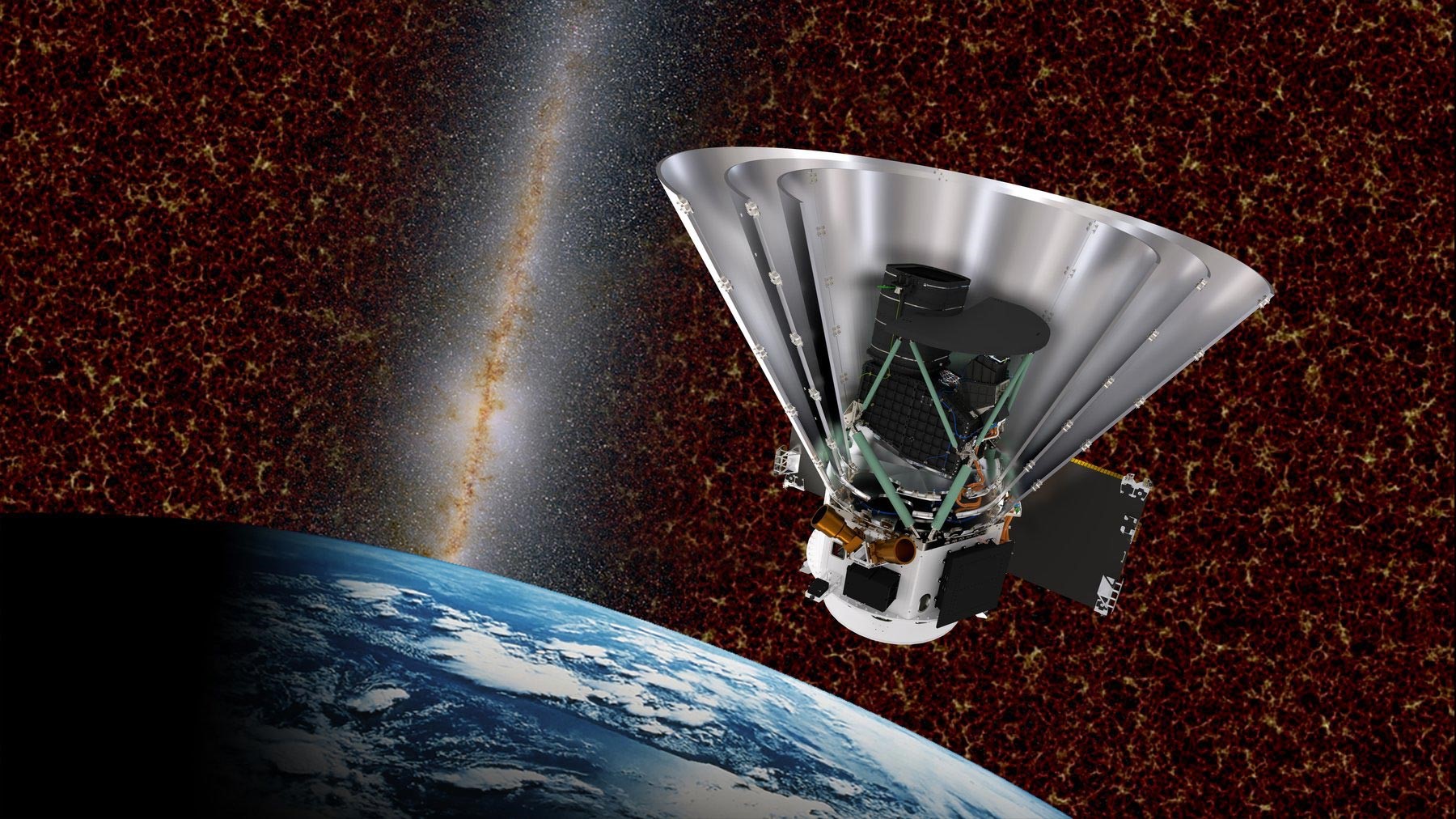A Hot Jupiter Exoplanet Discovered with A Massive Tail Resembling That of a Giant Comet
Astronomers have identified an exoplanet, WASP-69b, with a tail resembling that of a massive comet. The planet is gradually evaporating under the intense radiation of its host star.
WASP-69b is a gas giant classified as a Hot Jupiter due to its close orbit around its host star. While Hot Jupiters are among the most commonly discovered exoplanets—thanks to their size and proximity making them easier to detect—this particular find stands out for its unique characteristics.

Figure 1. The gas giant exoplanet WASP-69b, featuring its distinctive comet-like tail
What sets WASP-69b apart is its striking, comet-like tail. The intense radiation and stellar wind from its host star are not only causing the planet’s atmosphere to evaporate but also shaping the escaping gases into a dramatic, elongated stream resembling a comet’s tail [1]. Figure 1 shows the gas giant exoplanet WASP-69b, featuring its distinctive comet-like tail.
In a recent study, astronomers utilized the KECK Observatory in Hawaii to conduct a detailed examination of WASP-69b, uncovering the impressive scale of its tail. They discovered that the tail extends approximately 580,000 km (360,000 miles), which is about one and a half times the distance between Earth and the Moon.
“Previous studies indicated that this planet was losing part of its atmosphere and hinted at a subtle or possibly nonexistent tail,” explained Dakotah Tyler, the study's lead author. “Now, we’ve definitively detected the tail and found it to be at least seven times the length of the planet itself.”
The researchers emphasize “at least” because their observation time ended before they could determine the full extent of the tail. Its actual length remains uncertain and likely varies over time as the stellar wind fluctuates.
WASP-69b is losing gas, primarily hydrogen and helium, at an astonishing rate of approximately 200,000 tons per second [2]. While this might seem rapid, it translates to about one Earth's mass every billion years. Over its estimated lifespan, the planet has shed roughly the equivalent of two Earth's worth of gas, yet it still retains a substantial atmospheric reservoir.
“With a mass about 90 times that of Earth, WASP-69b has such a vast reservoir of material that even at its current rate of mass loss, its atmospheric depletion will remain negligible over the course of its life,” said Tyler. “It’s in no danger of losing its entire atmosphere within the star’s lifetime.”
Reference:
- https://www.keckobservatory.org/wasp-69b/?utm_source=chatgpt.com
- https://newatlas.com/space/planet-tail-comet-hot-jupiter/
Cite this article:
Janani R (2024), A Hot Jupiter Exoplanet Discovered with A Massive Tail Resembling That of a Giant Comet, AnaTechMaz, pp. 147















